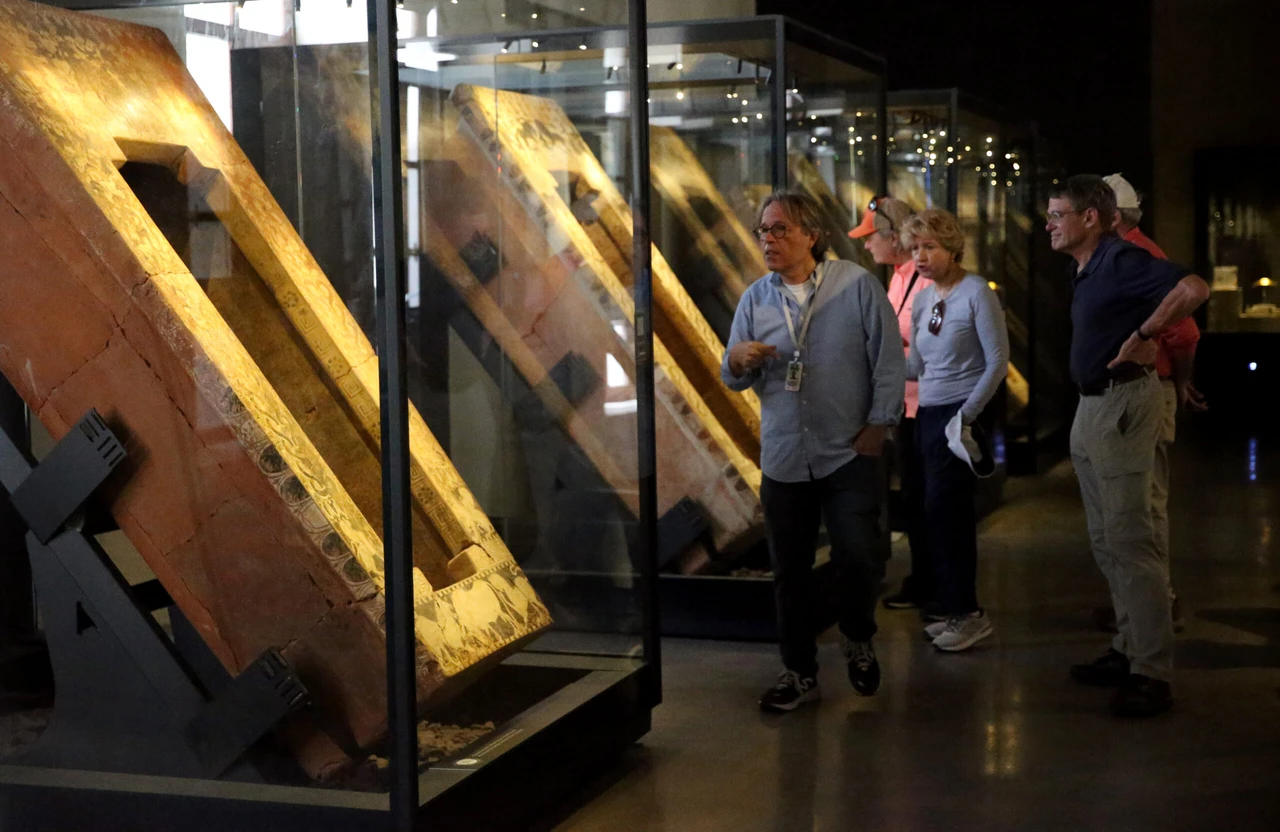Famous Babylon’s Ishtar Gate may have had completely different purpose, reveal studies

As part of digital archaeology, archaeologists measure magnetic fields in clay bricks to date Ishtar Gate’s construction
The Ishtar Gate on display at the Pergamon Museum in Germany, the iconic glazed brick structure that King Nebuchadnezzar II ordered to be built between 605-562 B.C, may have had a completely different purpose, revealed the archeologists as they measured magnetic fields in clay bricks to date the construction of the Ishtar Gate.
As part of digital archaeology, archaeologists measured magnetic fields in clay bricks to date Ishtar Gate’s construction, built in three phases and serving as the entrance to the ancient city of Babylon in southern Mesopotamia and found that all three phases were built during the reign of the same king.
Although Nebuchadnezzar II is known to have ordered the construction because his name was on the bricks of the first phase, small samples of five terracotta bricks from all phases, including the other phases of the three-stage construction, were collected and the geomagnetic fields of each were measured in a process known as archaeomagnetism.
The new analysis, a method of digital archaeology, found that there were no “significant chronological gaps” between the construction phases and that the monumental gate was built sometime after the Babylonian conquest of Jerusalem in 586 B.C.
During the conquest of Jerusalem, the Babylonians destroyed the Temple of Solomon, also known as the First Temple, burned the city and exiled the Jews to southern Mesopotamia, also known as Babylon.
The researchers concluded the reconstructions were carried out at the same time (583 B.C.), as all magnetic field measurements on the five bricks were similar.
The research shows that not only the first but all three phases of the gate were completed during the reign of Nebuchadnezzar II.
This suggested that the monumental gate did not change the style during the construction process, but that the second and third phases are related to the original design of the gate, and that the first phase reflects the construction process rather than later additions, disconnected from the original construction.
Source: Newsroom



